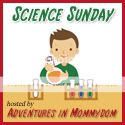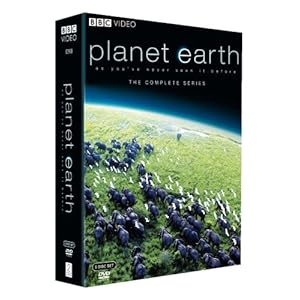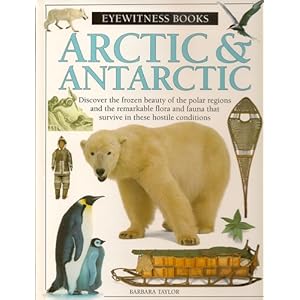

We began our study of Continents with Antarctica, mainly because I figured it would be the easiest. We are using the Continents and Cultures unit study from Intellego, which is where we found many of the links we used.
We began by mounting the map from our Evan Moor Beginning Geography book. I'm still thinking about different ways to use this as we continue our studies. Since the continents are displayed in different colors but are not labeled, I think we will use it to play a guessing game at the very end.
We took our globe off its stand so we could get a good look at the shape of the continent and where it’s located relative to the rest of the world.
We read from our Scholastic Atlas of the World and looked at Zoom Antarctica at Enchanted Learning to learn interesting facts about Antarctica.
- Antarctica is the coldest, windiest place on Earth
- The average temperature is –55 degrees F
- No humans have settled permanently in Antarctica but many countries maintain scientific outposts.
- About 70% of the worlds freshwater is in the ice and snow of Antarctica
- Antarctica is a continent because under the ice and snow is land (whereas the Arctic ice covers mainly water).
- During Summer (December), Antarctica experiences 24 hours of daylight and the snow and ice recede enough to show bare rock in places. Various species of birds take advantage of this to lay their eggs.
- During Winter (June), Antarctica experiences 24 hours of darkness and the ice extends out in the oceans.

After exploring many of the links provided in our Intellego unit study – Continents and Cultures, we did a modified version of one of the activities.
We gathered four different materials: a wool sock, a cotton blanket, a lump of lard (blubber) and fur from our dog Zappa.

Zappa is a Samoyed – a breed originating from the Siberian region of Russia where they are bred to assist with herding reindeer and pulling sleds. Since we obtained this fur through brushing it consisted mostly of the long top coat so wouldn’t give the insulating properties of the full coat.
We took four identical thermometers (reading an inside temperature of 68 degrees F) and wrapped each one in a different material. Thankfully, it is currently cold enough here that we were able to place the thermometers outside instead of taking up space in our freezer.

After checking the temperature outside (29 degrees F), we predicted which of the materials would be the best insulator and which would be the worst. (I was very surprised that Georgie, who usually hates anything icky on his hands, actually touched the block of lard).
Georgie thought the fur would be the best and the lard would be the worst.
Vicki thought the wool would be the best and the cotton would be the worst.
I had my doubts about Vicki truly understanding the experiment but she ended up correct in both her predictions.
After 15 minutes, we retrieved our thermometers and took temperature readings.
The thermometer in the wool read 61 degrees F.
The thermometer in the cotton read 42 degrees F.
The thermometer in the lard read 60 degrees F.
The thermometer in the fur read 59 degrees F.
Not a big difference between the wool, lard and fur but the cotton was definitely not a good insulator.
For our next activity (from Intellego), we discussed what things we would need or want to bring on an Antarctica exploration.
Georgie decided he would need to bring: “a jacket to stay warm, gloves to keep hands warm, warm socks and boots to keep feet warm, food and water and other drinks, a sleeping bag, a strong tent in case it gets windy so it won’t blow away and a map”. Things he would want to bring included cookies, games and friends like Kitty (stuffed animal) and Daddy. He doesn’t want Vicki to come and “Stephie is almost a grown-up but still a kid so she can’t watch Vicki so Mommy has to stay home to take care of Vicki.”
We watched the Ice Worlds chapter from our Planet Earth DVD’s.

Other resources we used:

![Scholastic Atlas of the World [SCHOLASTIC ATLAS OF THE WO -OS] [Paperback]](http://ecx.images-amazon.com/images/I/51h9qb4REIL._SL500_AA300_.jpg)

I love the iceberg idea and I plan on including your post in my weekly must read post. Also, you may want to see if you can locate the following book: "Tom Crean's Rabbit: A True Story from Scott's Last Voyage" by Meredith Hooper.
ReplyDeleteThank you Christina. :-)
ReplyDeleteI'll definitely look for that book.
Wow, lots of fun, hands-on activities to learn about Antarctica! We're going to be starting some Intellego unit studies this month, looking forward to them. :)
ReplyDeleteAngela http://satorismiles.com
It is amazing what even the youngest students pick up.
ReplyDeleteAwesome! Looks like I need to wear more wool rather than cotton to keep warm! LOL
ReplyDeleteJessy - Science Sunday
http://oursideofthemtn.blogspot.com